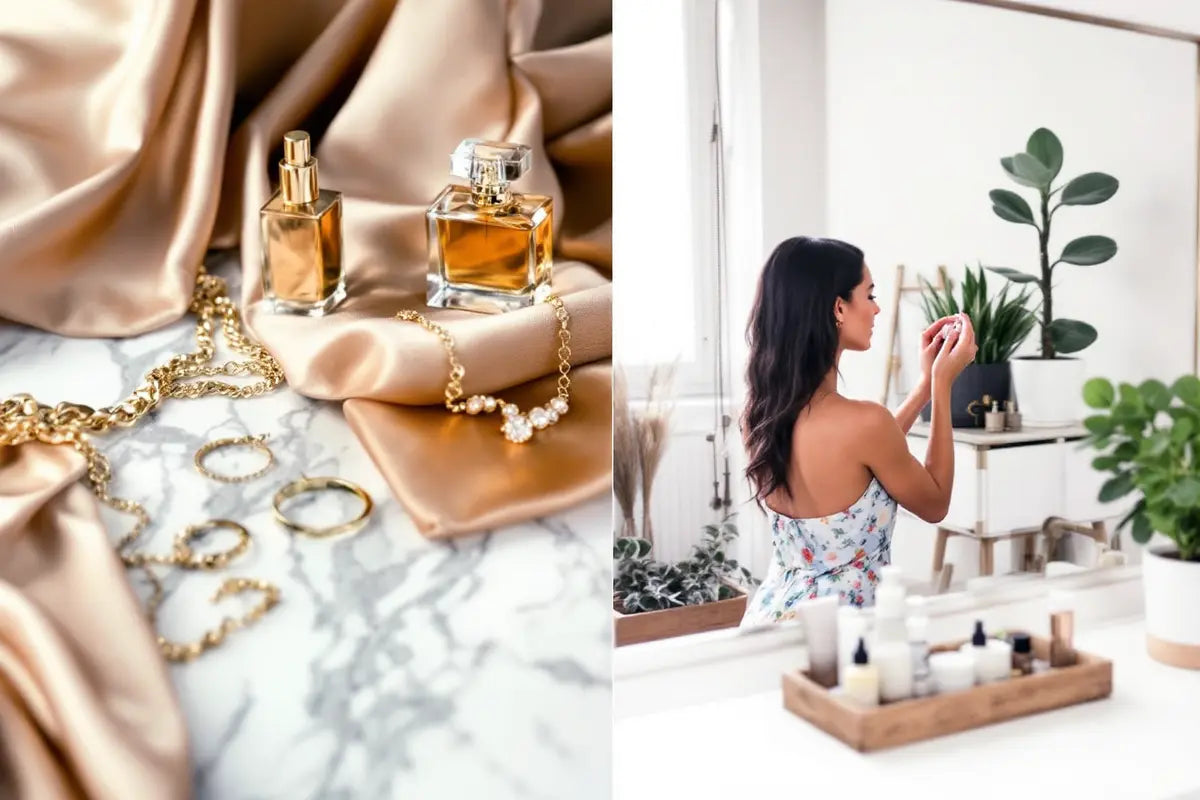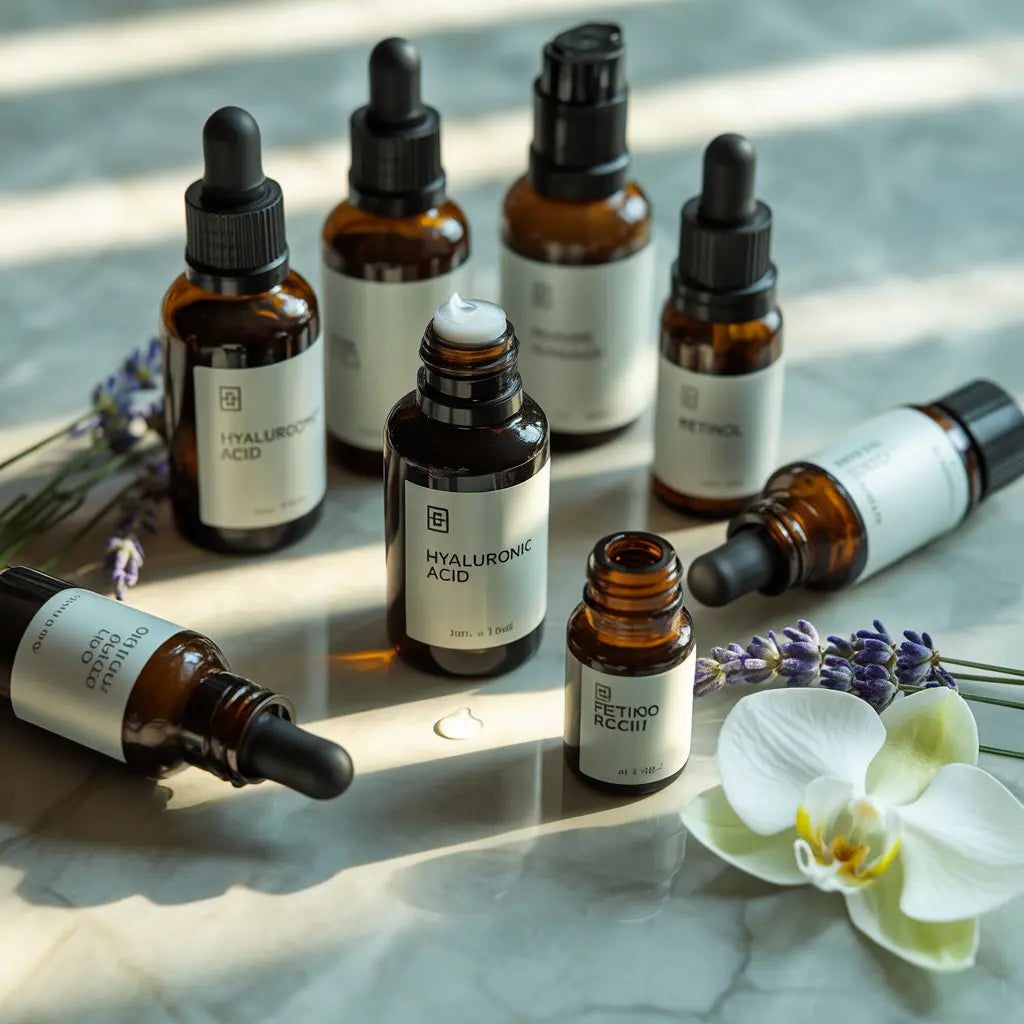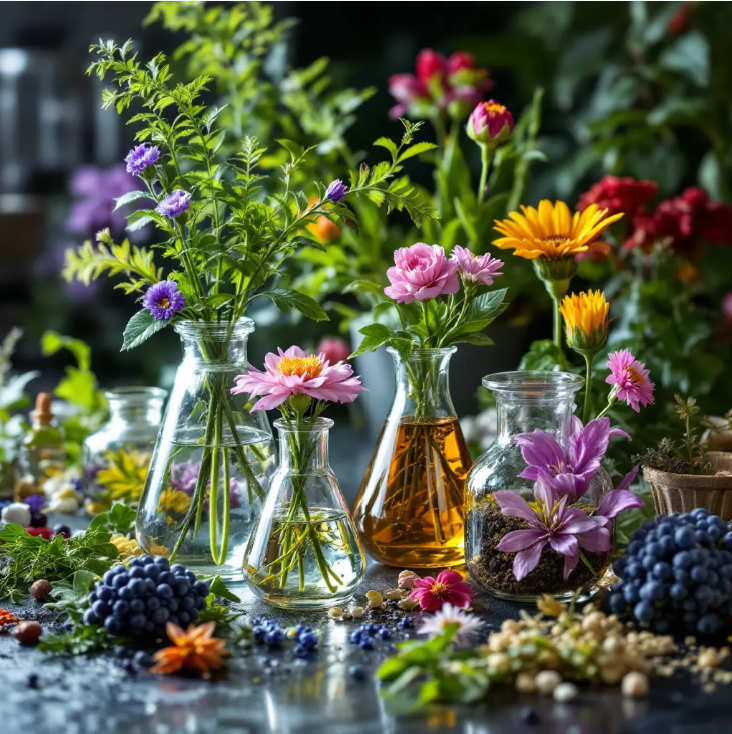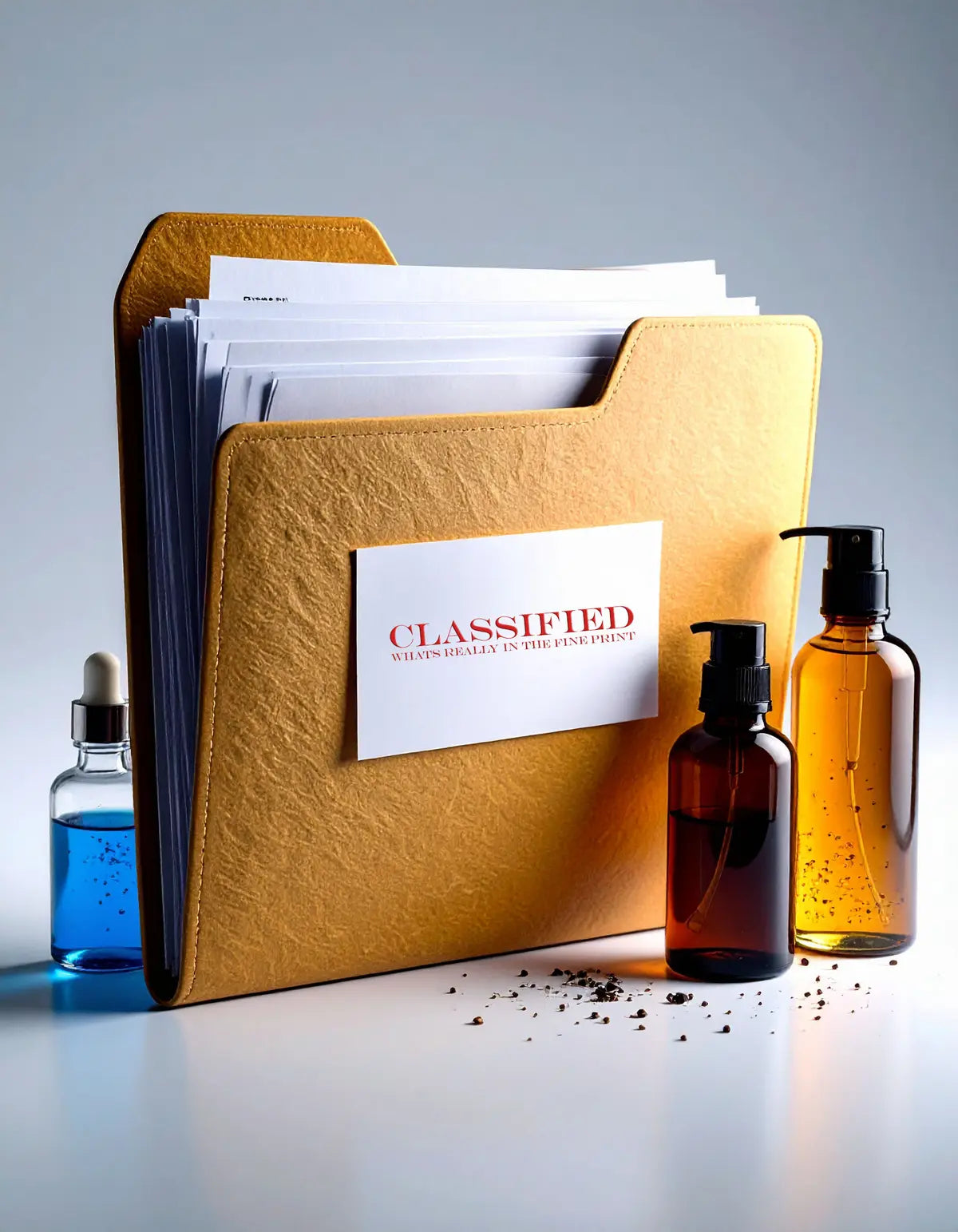Why Clean Beauty Killed Traditional Luxury

People want the truth but most brands have been afraid to tell them.
This single insight explains why the luxury market faces its first contraction in 15 years. Why Generation Z advocacy for luxury brands continues declining. Why 50 million people abandoned luxury purchases over the last two years.
The €364 billion luxury market projection for 2025 tells a story most analysts miss.
This contraction represents a fundamental values transformation, not an economic downturn.
The Global Awakening
COVID changed everything by changing everyone simultaneously.
The pandemic created a global awakening around health consciousness that extended far beyond hand sanitizer and masks. People started reading ingredient lists. Questioning what they put on their bodies. Demanding transparency from brands that had thrived on mystery for decades.
Traditional luxury built empires on exclusivity and aspiration.
The new luxury consumer values authenticity and transparency.
When a skincare brand owner spent months analyzing quality ingredient brands, she discovered something revealing. Every clean beauty brand looked clinical. White packaging. Sterile design. As if being good for you meant sacrificing beauty.
She asked a simple question: Why can't clean beauty look luxurious?
That question challenged an entire industry assumption.
The False Choice
Clean beauty brands were essentially telling consumers: "We're good for you, but we can't be beautiful."
Traditional luxury brands were saying: "We're beautiful, but don't ask what's inside."
Both approaches left consumers choosing between ethics and aesthetics.
The breakthrough came from rejecting this false choice entirely. Premium packaging with EWG-verified ingredients. Luxury aesthetics with Think Dirty ratings under 3. Beautiful jars containing formulations cross-referenced against FDA dictionaries.
This forensic level of transparency created something unprecedented.
Luxury based on knowledge rather than mystery.
The Psychology Revolution
Traditional luxury sells a fundamental message: "You need this to be enough."
The new luxury model operates on the opposite premise: "You are enough."
This psychological reversal explains why clean beauty projects 14.8% annual growth while traditional luxury contracts. Why 91% of consumers agree that clean beauty demand increases due to transparency.
Brands built on "you are enough" don't promise instant transformation. They acknowledge process and consistency. They position honesty as luxury rather than selling fantasy as aspiration.
When consumers encounter this level of realistic expectation-setting, their relationship with products fundamentally changes.
They stop buying identity and start buying integrity.
The Transparency Standard
Supply chain disclosure becomes the new status symbol.
While Italian investigations reveal sweatshop conditions in luxury handbag manufacturing, transparency-focused brands publish every production location. They document ingredient sourcing. They provide substantiation for claims beyond FDA requirements.
This documentation creates trust that heritage and brand mythology cannot match.
Generation Z conducts extensive ingredient research before purchases. They scrutinize brands beyond product efficacy. They view transparency as luxury, not exclusivity as status.
Traditional luxury houses face an impossible choice: maintain mystery and lose relevance, or embrace transparency and abandon their fundamental positioning.
The Global Expansion
Emerging markets present the ultimate test case for this transformation.
The Middle East, Latin America, and Southeast Asia show continued luxury growth. But these markets may leapfrog the traditional luxury model entirely. Going directly to values-based consumption without getting trapped in status-driven purchasing phases.
COVID was not a Western phenomenon.
The global awakening around health consciousness, ingredient awareness, and authenticity demand occurred simultaneously worldwide. Emerging markets experienced the same transparency revelation as established luxury consumers.
Clean beauty expansion into Asia Pacific projects 15.9% annual growth through 2030. These markets embrace authenticity-first approaches without the baggage of traditional luxury consumption patterns.
The Competitive Paradox
The most revolutionary aspect of this transformation may be its approach to competition.
Traditional luxury thrives on scarcity and exclusivity. New luxury operates on abundance principles. "There is enough for all" becomes the operating philosophy rather than zero-sum market competition.
This mindset extends the "you are enough" consumer message into business strategy.
When brands stop fighting for market share and start expanding market values, they create entirely new categories rather than competing within existing ones.
The Future Framework
The luxury industry faces a choice between evolution and extinction.
Brands that embrace transparency, realistic expectations, and "you are enough" messaging will define the next luxury paradigm. Those clinging to mystery, fantasy, and aspiration-based positioning will join the 50 million consumers who have already abandoned traditional luxury.
Clean beauty provides the blueprint: premium aesthetics with complete transparency. Luxury experience with ethical production. Beautiful packaging with documented ingredients.
The €364 billion market contraction signals the beginning of this transformation, not its end.
Truth became the ultimate luxury good.
Most brands just haven't realized it yet.



